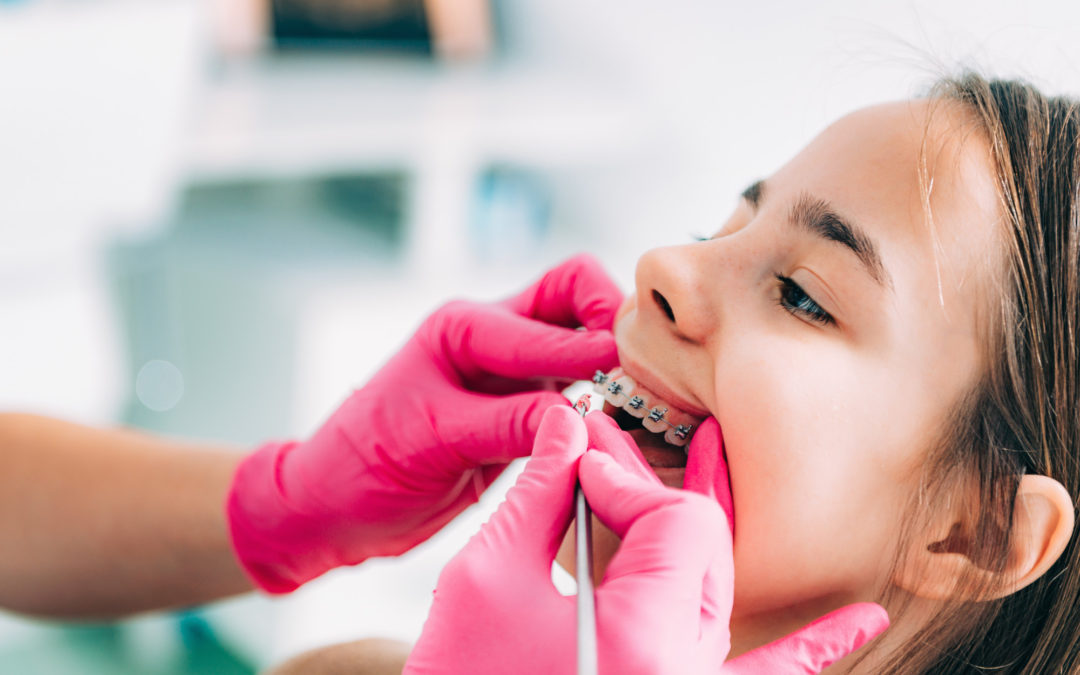Has it been a while since your teeth housed a pair of braces? If this is the case, you may have forgotten the basics, such as when to start sending your child to the orthodontist or the best age for braces. Don’t worry, most people forget the details after a few years around the sun.
Nonetheless, braces are a key part of your child’s health and overall confidence. This is why it’s time for your to take a trip down memory lane and relearn all the details. You’ll be an expert before you know it.
Looking for a way to learn about the best age for braces and more? Keep reading; everything you need to know is below.
Dentist vs. Orthodontist
Believe it or not, your dentist and orthodontist do not do the same job. Both focus on you and your child’s teeth, but their specialties are not the same.
Your child’s dentist focuses on the diseases and conditions that may affect their oral health. Their orthodontist, however, practices orthodontia, the correction of abnormalities/irregularities in the jaws and teeth. Orthodontists also require extra schooling that most dentists do not receive in school.
This means that if your dentist is not double-certified as an orthodontist, you’ll need to find a separate provider to send your child to. If you cannot find an orthodontist on your own, ask your dentist. They usually know the best one in your area.
When to Take Your Child to the Orthodontist
Professionals recommend taking your child to the orthodontist for a consultation once they reach seven years of age. This is because most baby teeth have fallen out and been replaced with permanent ones. If your child is older than this, it’s not too late; book their appointment as soon as possible and all will be well.
They more than likely will not get braces at this age, but taking your child to the orthodontist when they’re young will allow any early dental issues to get treated while their mouth is still developing. This will increase the effectiveness of any medical treatment. It will also help lessen the time your child wears their braces when they eventually receive them.
Overall, proactive dental care will benefit your child in more ways than one.
What Is the Right Age for Braces?
Chances are, when you take your youngster to the orthodontist they won’t receive braces just yet. There are exceptions to this rule, but children usually do not require this treatment the first time around.
This decision will be determined by the severity of your child’s dental issues and the professional opinion of their orthodontist. If they have any major bite or jaw issues, they will more than likely receive braces in the earlier years of the spectrum. If their mouth does not suffer from any major issues, your child may have a little longer without braces.
Brushing With Traditional Braces
Your child will not be able to follow their traditional brushing routine once the brackets get placed on their teeth. This is because the gear will sit on top of the tooth, creating a barrier between their toothbrush and the tooth. Instead, your child will need to hold their brush at a 45-degree angle and work their toothbrush around each bracket/tooth.
They should also remove any bands or elastics before starting this process.
Similar to brushing, your child will also not be able to floss their teeth as easily as before. This may seem a hard adjustment, but your child still needs to floss at least once a day. Do not let them slack because it is different.
If you or your child have any questions regarding their new dental care routine, ask your orthodontist. They will show you the best way to take care of your child’s smile and give you tips to make the adjustment easier.
Alternative Braces Option
Today, there are many braces for children to choose from. This means your child may not have to deal with traditional metal braces if they do not want to. Instead, they can opt for Invisalign for kids.
This is a braces alternative that does not require the installation of metal brackets. With Invisalign, your child will wear aligners over their teeth that will slowly correct their smile. They are essentially invisible, hence the name, and do not require the same lifestyle changes as traditional braces.
Similar to braces, Invisalign aligners require both personal and medical maintenance. As your child’s teeth straighten, they will need to get new molds and aligners to keep the process going. Your child will also need to perform daily maintenance to keep their Invisalign clean and healthy.
Invisalign Process
If your child chooses to use Invisalign instead of traditional braces, you will need to book a consultation with their orthodontist. During your appointment, your child’s orthodontist will create 3D scans of their teeth. This will allow professionals to take a closer look at their teeth/bites so they can come up with the best correction method.
Once evaluated, you and your child will get provided with a custom plan detailing their treatment dates and times. After this, all they need to do is receive their aligners, wear them, and watch the bracket-free magic happen.
Book an Orthodontist Appointment
If your child is the right age for braces or a trip to the orthodontist, give Doyle Orthodontics a call. We are located in various Tenessee locations including Hendersonville, Brentwood, and Cool Springs. Here, Dr. Doyle and our team will help you and your child through your braces journey in a personal and professional manner.
We provide both Invisalign and traditional braces options along with other orthodontic assistance. Visit our website to learn more about our services, team, and to get in contact with us. We hope to hear from you soon!



